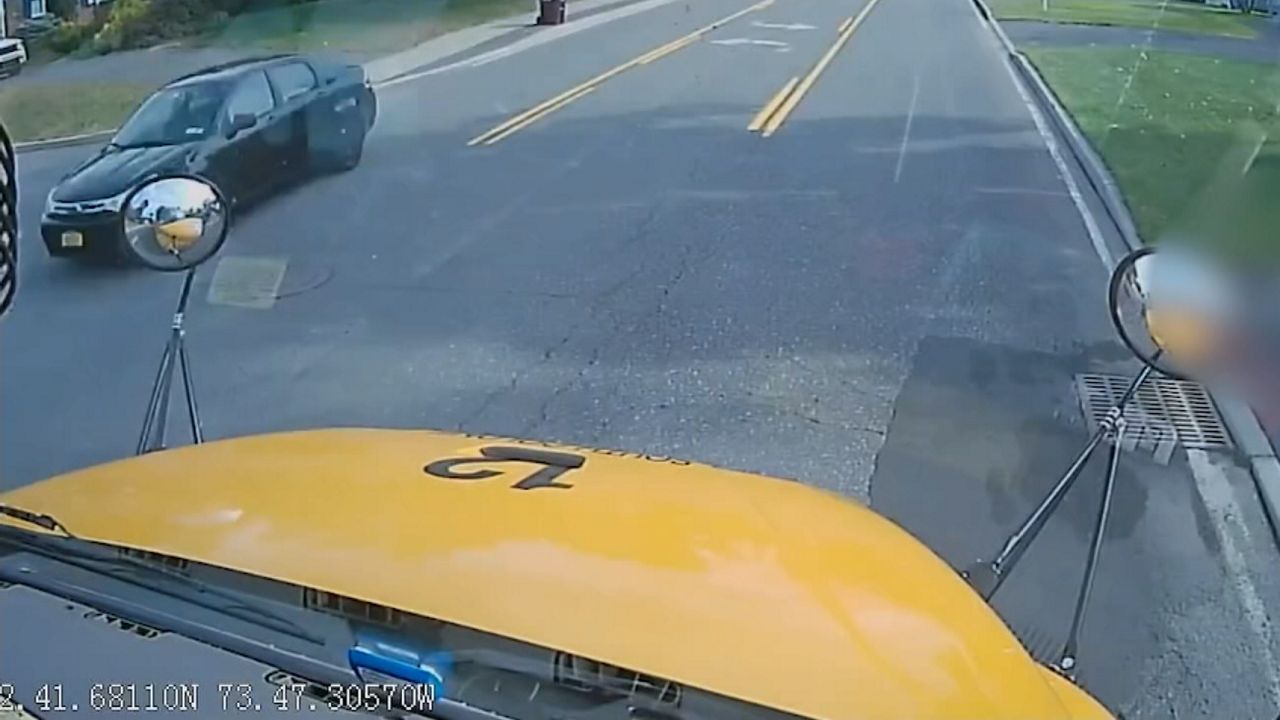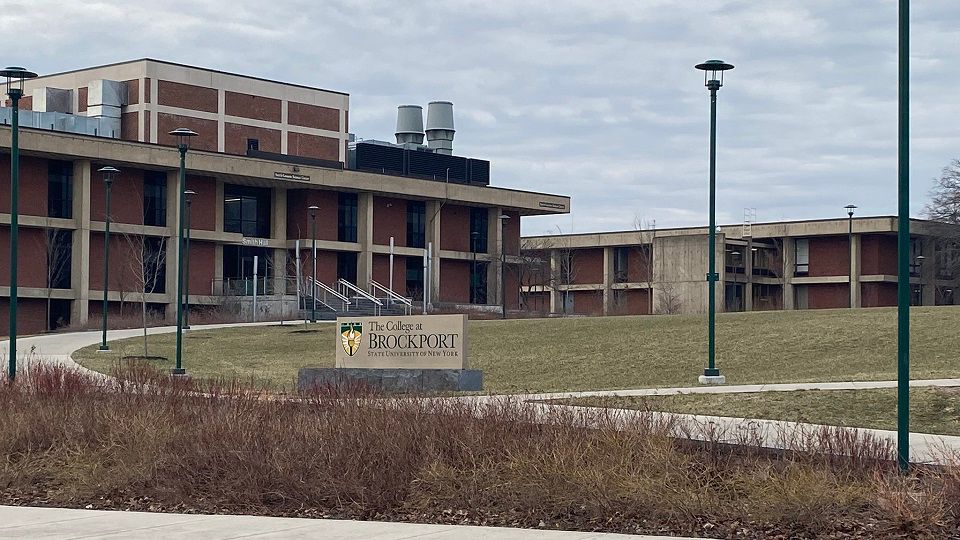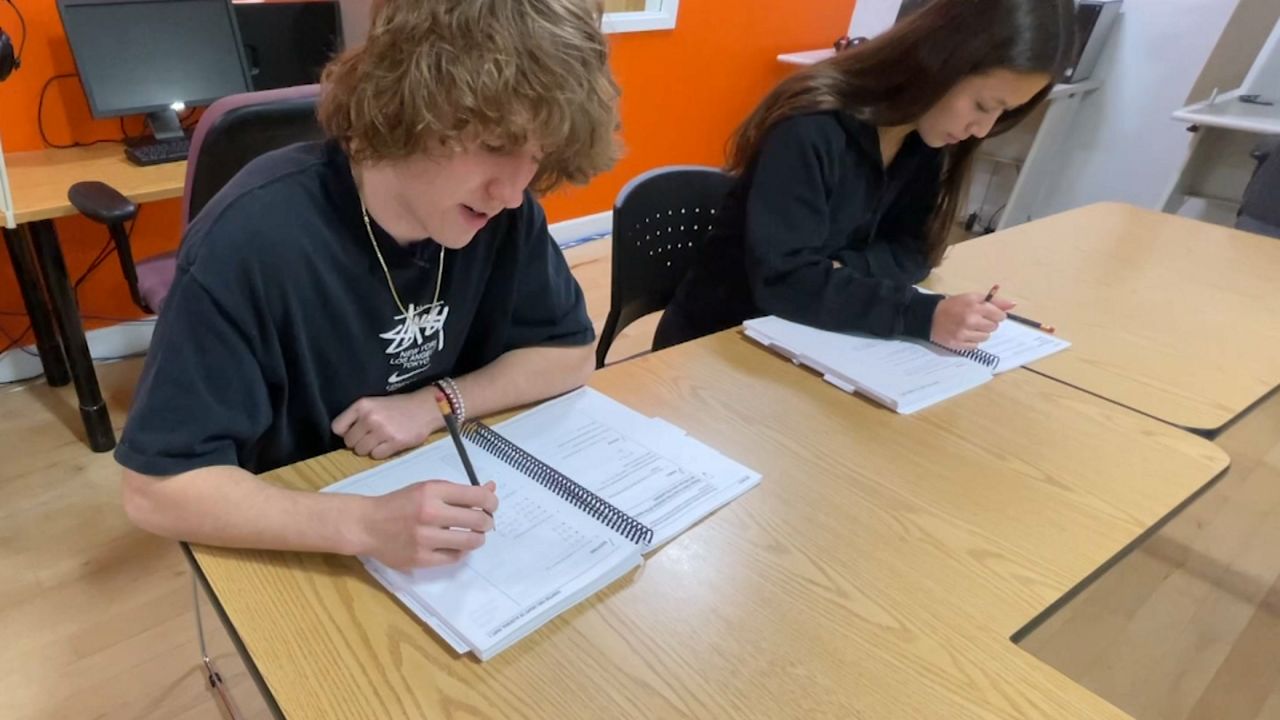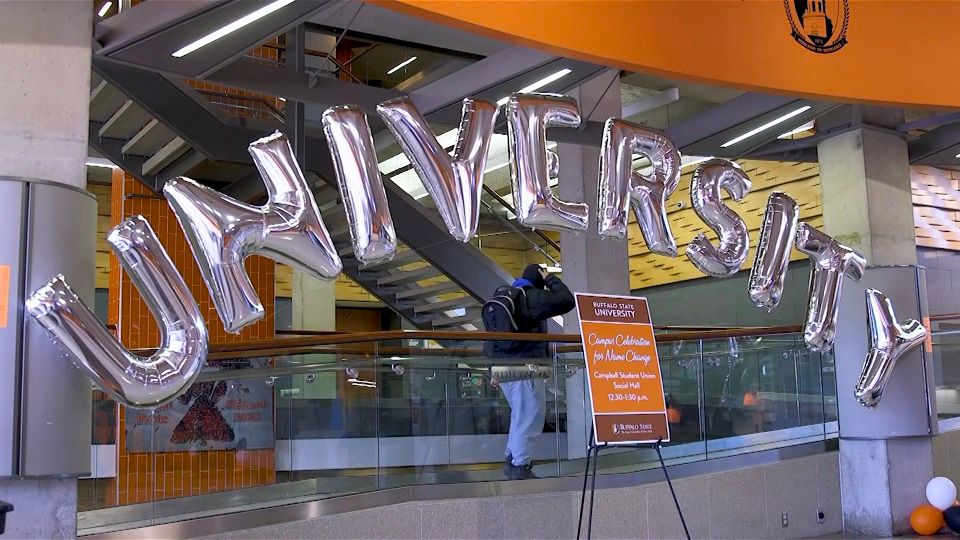BUFFALO, N.Y. — It’s no secret public schools have to deal with a lot. Recently, one big issue seems to be finding people to fill teaching positions.
Data shows that as of last October, 18% of public schools had one vacancy and 27% had multiple, according to the National Center for Education Statistics.
“In Buffalo public schools there are approximately 80 different languages spoken and over 5,000 students identified as multilingual English language learners,” said Jenna Colerick, the acting assistant superintendent of multilingual education for Buffalo Public Schools.
Language is what connects us, but when you move to a new place learning that language can take time. That’s why schools across the nation offer ESL or ENL classes.
“ENL stands for English as a new language,” said Colerick.
As teacher shortages impact districts far and wide, ENL is no different. In fact, it’s among the top three vacancies, along with special education and computer science, mostly impacting high-poverty and high-minority schools, according to the National Center for Education Statistics.
“It meant a lot to me,” said Colerick of her own experience teaching.
Colerick used to teach ENL and knows the impact it can have.
“I was a new teacher and I had to learn the different strategies to work with students," she said. "Just seeing students from when they were in kindergarten, all the way up to now when they're graduating high school, it's those the little moments that you remember.”
Buffalo is a refugee settlement hub.
“We continue to receive more and more multilingual families to the district, so our needs have increased,” Colerick explained.
Right now, they have between five and nine open positions. It means teachers have to find new strategies and be flexible.
“It may mean that classes are a little bit bigger," Colerick explained. "And it may mean that we need to make adjustments in the schedule to accommodate the needs of all English language learners.”
But Colerick remains positive, turning to other staff members to hopefully step up.
“Looking at our multilingual teaching aides and assistants and seeing how possibly they could become certified as ENL and or bilingual teachers, as well as a variety of other initiatives in the district,” she said.
For now, they’re going day by day.
“I wouldn't say that it was a challenge. I would say it's an opportunity for teachers,” said Colerick about getting into the multilingual education field.
Teaching is an experience Colerick wouldn’t give up for the world.
“It's not our work, it's our lives," she said. "Everything that we do makes a difference and in their lives and multilingual families bring so many assets and so many strengths to our community.”
The Buffalo school district currently has over 200 ENL teachers.









